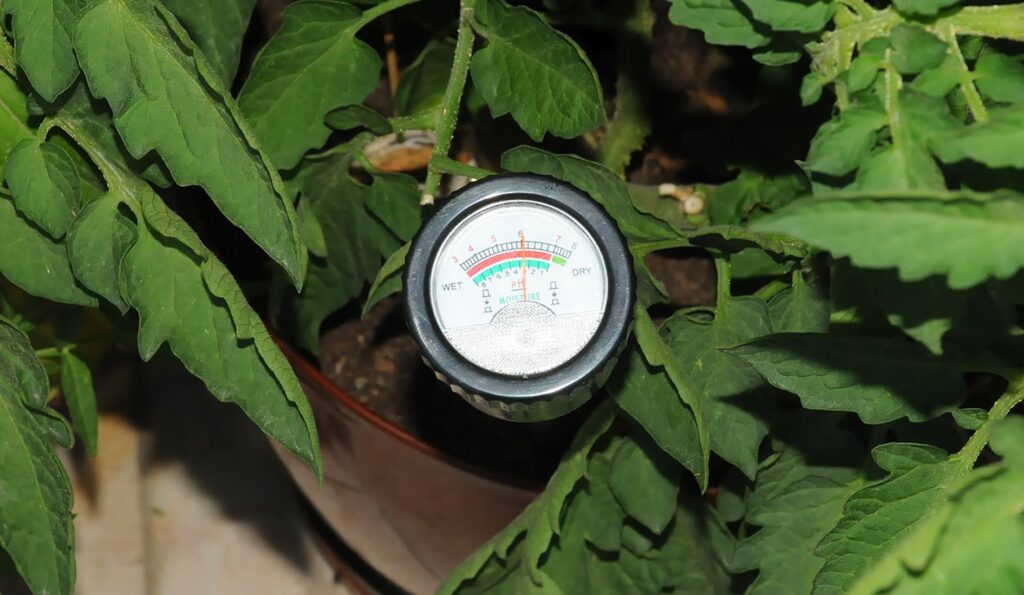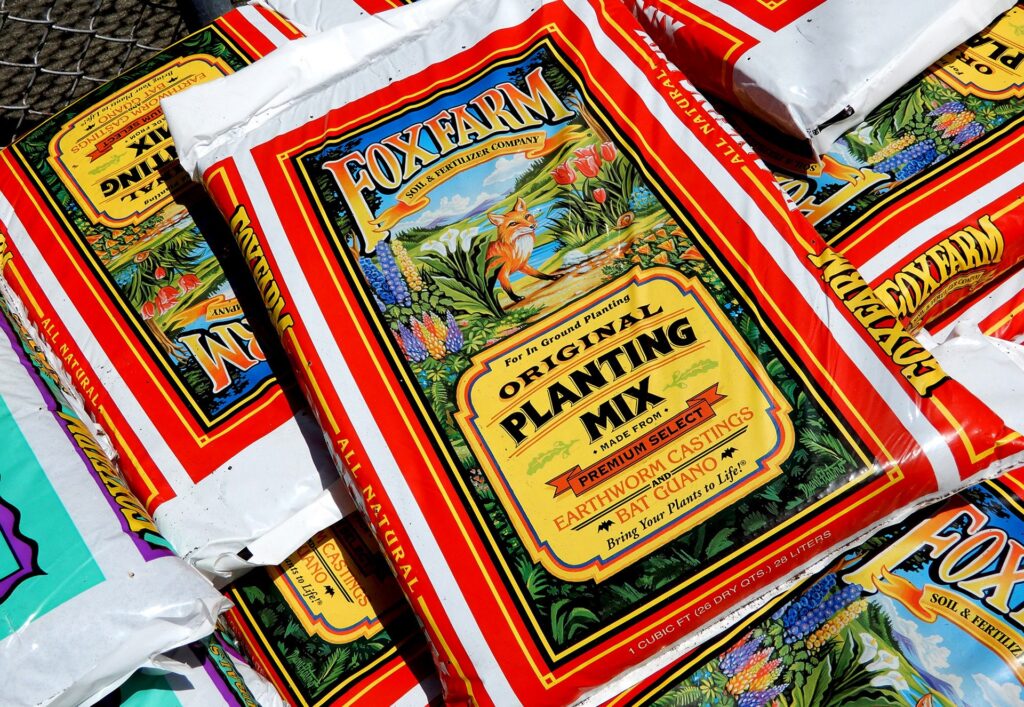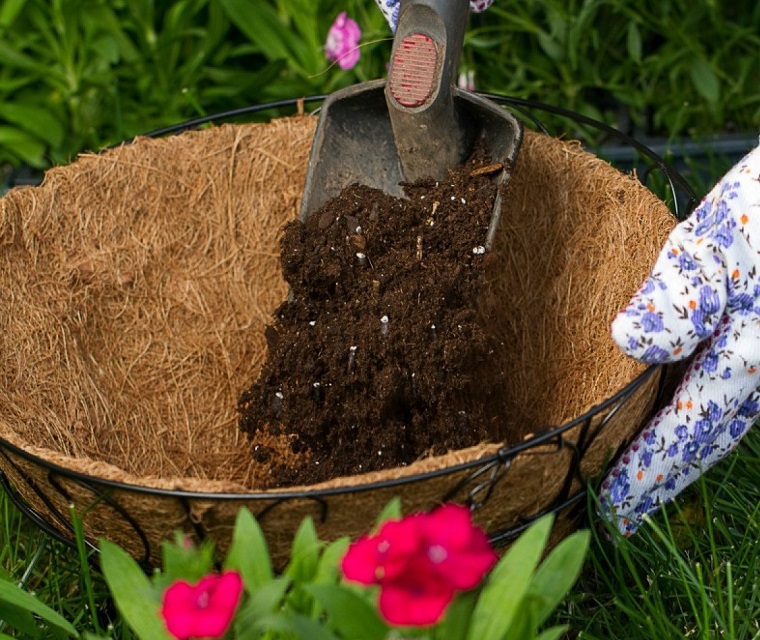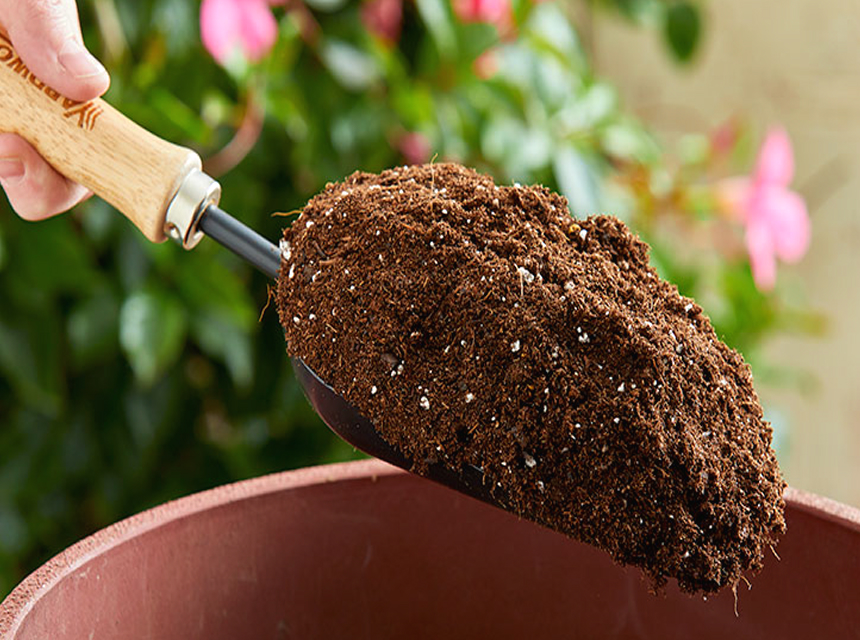
Whether you’re into gardening, landscaping, and lawn care, selecting the ideal materials for your job is important. Topsoil and composts are some of the most used natural and organic matters for growing.
While you may still need to include topsoil layers as soon as your land is loamy, rugged, or barren, compost is your exceptional material for improving the overall quality of the soil.
In this compost vs topsoil article, we will tell you the differences between topsoil and composts, telling you when you should use one or the other and what their advantages and disadvantages are.
Compost is the result of natural substances that are broken down naturally. If you make your compost, it takes about a year for each organic material to break down enough to kill pathogens and ensure safer use in a backyard as a natural fertilizer.
If you don’t live in an area where it is possible to make your own home, you can buy compost bins instead.
Most natural things can be used to make compost. These can be food scraps, vegetable and fruit peels, as well as napkins, paper towels, and other paper products that you normally throw away.
Several substances commonly used in composting are coffee, eggshells, fruit peel, banana peels and wastes, meat scraps, tea bags, dead grass, onion peels, leaves, newspaper, pine needles, and even more.
Compost is also spread and used as a fertilizer substitute. The biggest downside to creating compost is the pungent smell of rotting waste that emanates from this mixture. Another major drawback is the tendency to attract critters such as rats to feed and nest on the waste.
For this reason, it is far better to buy a compost bin that you can seal. A bin that slightly heats the compost to promote the appropriate type of bacterial growth to digest the waste may also be preferred.
If you just use worms on your compost bin to help break down the material faster, you can cut the 6-month wait for organic composting approaches in half. This technique is known as vermicomposting and involves the use of a worm composter. Some of these products come with worms, and others don’t.
If you’re interested in composting, we advise you get a worm composter. The Squirm Firm Worm Factory is by far one of the best vermicomposting container systems you can find online. It’s designed to house up to 360 worms, and a manual will tell you how to make the unit effective by providing what the worms eat.
You can save quite a bit of money by making composts. It’s not only better for your garden, but it’s also easier on your environment and generates less waste.
If your house is on a farm or in an open space with no neighbors, you simply create a pile where you will dump your leftover food and scraps, grass clippings, even the manure piles that your pets leave behind.
You have the option of purchasing compost bins with the help of a cover that will allow you to maintain the odor to a minimum so as not to disturb your neighbors.
Occasionally add flour, flax seeds, and lime to the substances and keep the heap aerated. You can also create enriched organic compost to use both as dirt fertilizer and fertilizer.
If you are short on money and time but still want to use organic compost in your garden, the regional waste collection section might be worth a call.
Compost is an option for gardening for people who can make it. It is a nutrient additive that can be introduced into the soil created by food scraps, cardboard, newspaper, dried leaves, plant matter, as well as natural leaves that pile up in your garden. You can even use compost tea as a liquid fertilizer involving rotation on the topsoil. This is done by simply mixing the compost into plain water. Composting helps eliminate waste that goes to landfills and helps protect the environment.
You can use compost as mulch to boost your harvest. You can also mix compost into your potting soil, spread it on existing or new lawns, and add it to fruit trees.
According to most reviews, the best model must be the 42-Gallon Rotary Tumbler/Composter from MaxWorks, which, thanks to its rugged construction and air vents, is the most reliable and effective option out there.
Topsoil is the uppermost layer of the soil Trusted Source Topsoil - Wikipedia Topsoil is the upper, outermost layer of soil, usually the top 5–10 inches (13–25 cm). It has the highest concentration of organic matter and microorganisms and is where most of the Earth’s biological soil activity occurs. en.wikipedia.org . It contains organic and inorganic matters such as sand, clay, silt, and humus.
Topsoil is the most fertile soil layer and is the easiest to start new plants in. This is because of the humus it contains, that is, dead plants, dead insects, crunched-up leaves, and twigs.
Most topsoil is aerated and then mixed with matters such as vermiculite, worm castings, and peat moss, perlite. You have the option of using topsoil in the garden by mixing it with mulch.
Vermiculite helps aerate the soil and also maintains water. Vermiculite often found in topsoil, however, contains a dangerous type of asbestos. With long-term exposure, they can lead to lung cancers like mesothelioma.
Perlite does not retain water like vermiculite, but it is favored by a few growers because it is a natural volcanic glass.
When using topsoil, it is also a good idea to confirm the soil balance by using pH meters. The usual range for crops is the acidic selection, with a pH between 5.5 to 7. For many crops, like tomatoes, you might bring it closer to 5.
Lawn grasses grow better by simply adding some inches of topsoil. You can also replace existing soil with topsoil while planting shrubs and trees. Topsoils help plants to grow better. The topsoil is perfect for use along walks, patios and for filling the low spots in the lawn.
However, only a few topsoil varieties are ideal for growing grass or repotting plants.
Topsoil has a lot of advantages, thanks to the hummus content, but also many drawbacks. Compost is ideal for improving the soil than other compound fertilizers that are seen in many brands of commercial topsoil. These topsoil makers often mix a weedkiller mixed and other substances that could poison your soil. With homemade compost, you need a bit more work to condition your dirt. But it’s worth it if you’re working in large areas since it saves money.
Compost is organic. Just find a composter that reduces stench and keeps critters out. The timeless compost vs topsoil controversy, without a doubt, falls firmly on the compost side when there is the right space or equipment.





